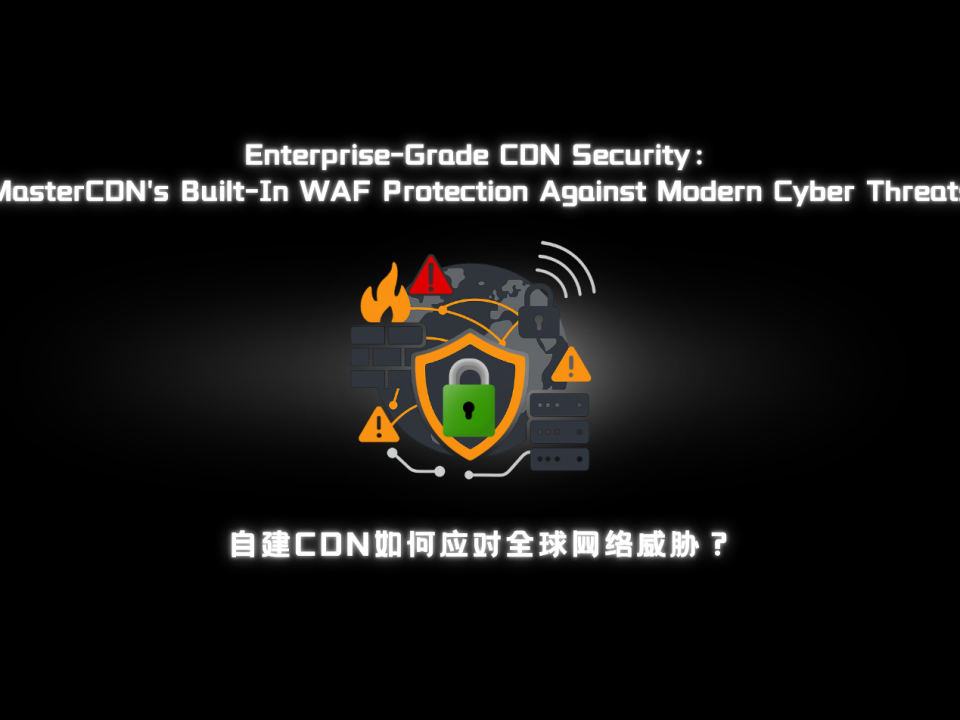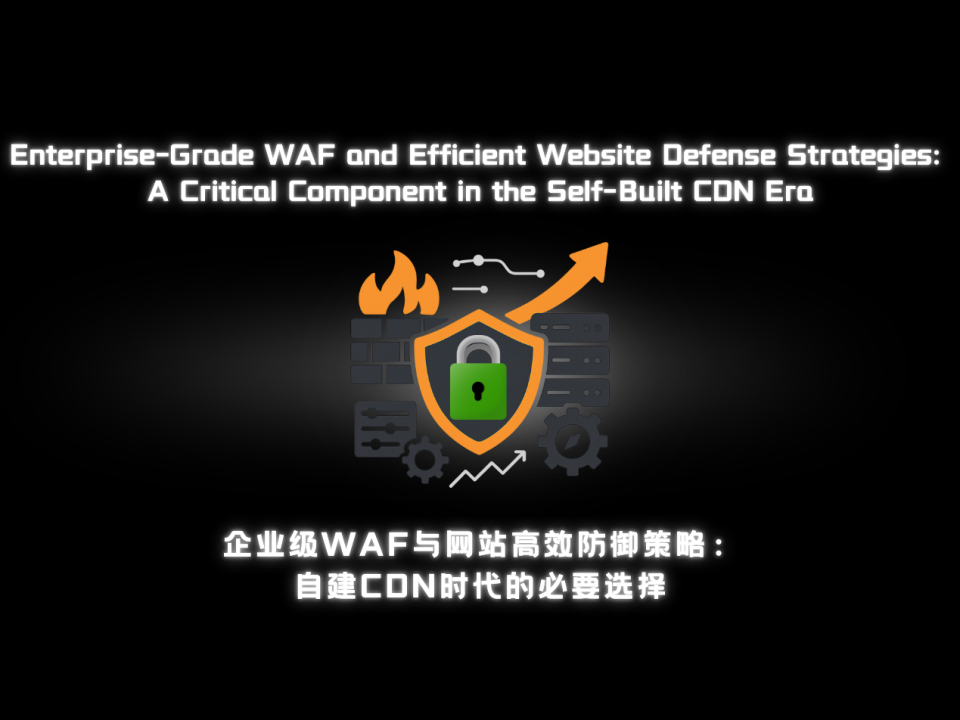
Can CDNs Fully Defend Against DDoS Attacks?
06/02/2025
What Is a CDN Server? Understanding Its Role, Benefits, and Future Trends
20/02/2025How to Build a Self-Hosted CDN
Why Build a Self-Hosted CDN?
A Content Delivery Network (CDN) improves website speed, reduces latency, and enhances user experience by distributing content across multiple locations. While commercial CDN services offer these benefits, they can be expensive and create dependencies on third-party providers. Building a self-hosted CDN provides a cost-effective and customizable alternative, giving businesses full control over their data and performance.
Key Advantages of a Self-Hosted CDN
- Lower Costs: Reduces long-term expenses compared to commercial CDN providers.
- Customization: Allows tailored configurations to meet specific business needs.
- Data Security: Ensures full control over content distribution and privacy.
- Performance Optimization: Enables direct adjustments based on traffic patterns and user location.
Open-Source Tools for CDN Deployment
Several open-source solutions are available for building an efficient CDN:
- NGINX – A high-performance HTTP server and reverse proxy supporting caching and load balancing.
- Varnish – An HTTP accelerator that caches content to boost website performance.
- Apache Traffic Server – A scalable proxy server designed for large-scale CDN infrastructures.
- Caddy – A user-friendly web server with automatic HTTPS support.
- HAProxy – A powerful load balancer optimized for high-traffic environments.
Step-by-Step Guide to Building a Self-Hosted CDN
- Assess Business Needs: Identify traffic volume, user locations, and content types.
- Set Up Hardware: Choose VPS or dedicated servers in strategic locations.
- Install CDN Software: Deploy and configure tools like NGINX and Varnish for caching.
- Optimize Network Routing: Implement DNS-based load balancing or Anycast to reduce latency.
- Monitor Performance: Use tools like Prometheus and Grafana to track CDN efficiency.
Addressing Challenges in Self-Hosted CDNs
- Complex Deployment: Requires technical expertise. Solution: Use detailed guides or seek expert support.
- Higher Initial Costs: Infrastructure setup can be expensive. Solution: Plan a scalable, phased approach.
- Security Concerns: Data protection is critical. Solution: Implement firewalls, encryption, and regular security audits.
Conclusion
Building a self-hosted CDN offers businesses greater control, reduced costs, and better security. By utilizing open-source tools and optimizing configurations, enterprises can create an efficient, high-performance CDN.
For businesses needing additional support, MasterCDN offers expertise in server selection, software deployment, and ongoing optimization. Whether you’re a developer or a large-scale enterprise, investing in a self-hosted CDN can enhance performance while maintaining complete data control.



